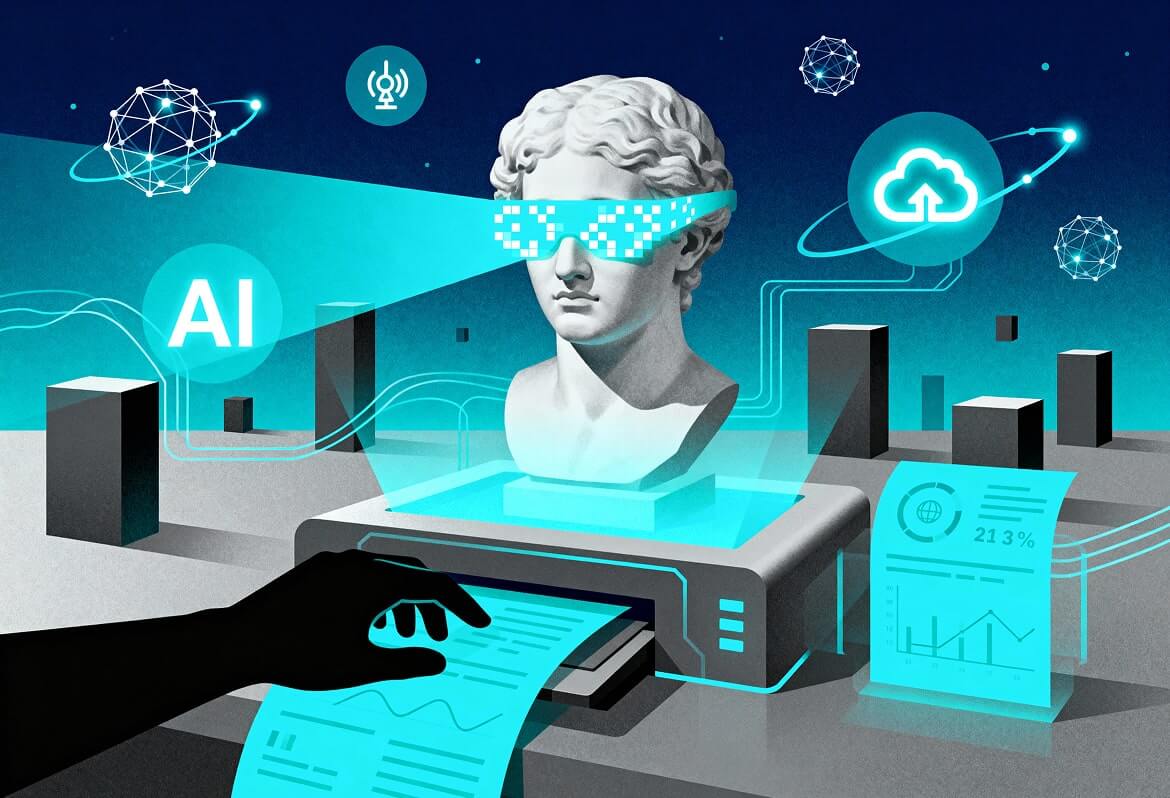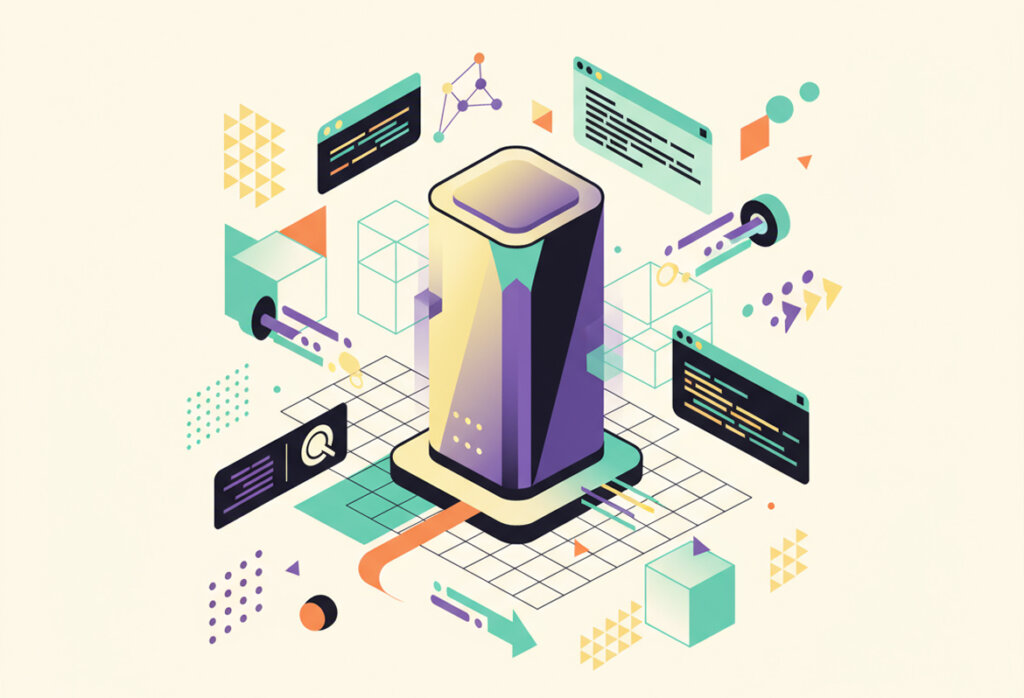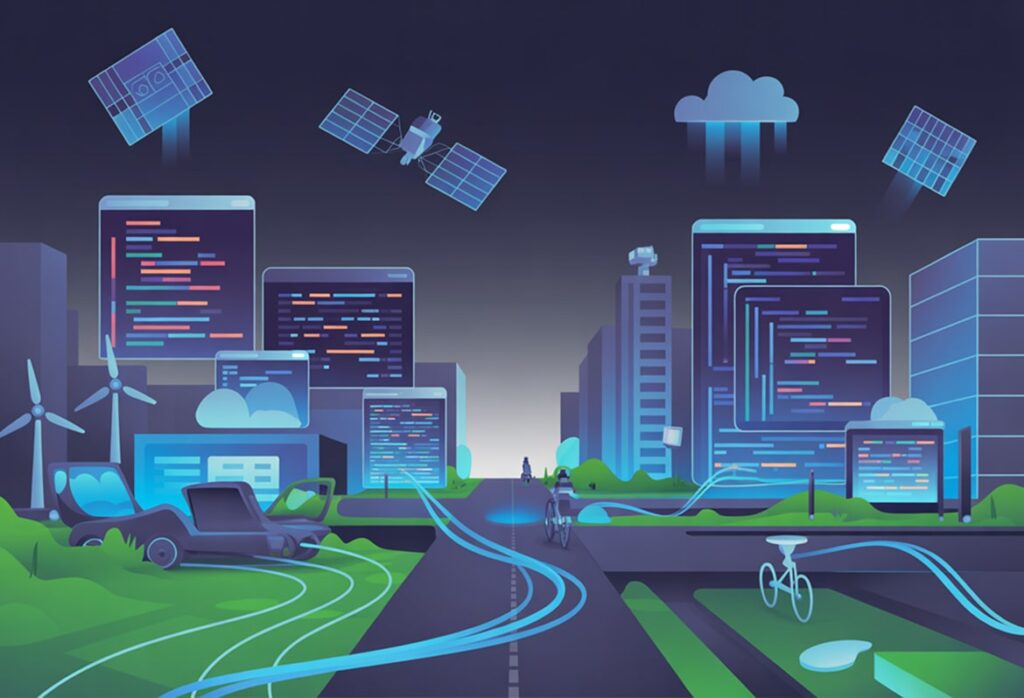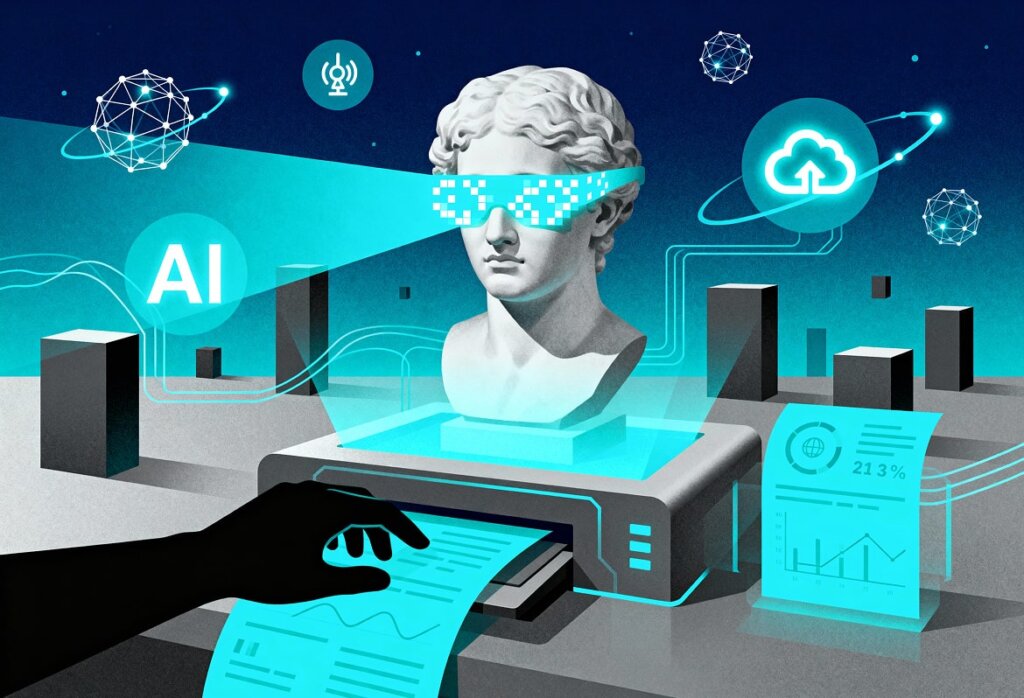Introduction
Have you ever wondered how your phone’s assistant understands you or how a streaming service predicts your next favorite show? The answer is artificial intelligence (AI). Once sci-fi, AI is now a tangible part of daily life, enabling machines to simulate aspects of human intelligence and quietly transforming how we live, work, and connect.
Understanding Artificial Intelligence
AI is a broad field focused on building systems that perform tasks requiring human intelligence—recognizing speech, making decisions, detecting patterns, and more. While human-level general intelligence remains theoretical, today’s AI typically refers to specialized systems designed to excel at specific tasks—translation, recommendations, vision, or dialogue.
Defining Artificial Intelligence in Simple Terms
AI is the science of making computers smart—able to learn from experience, understand context, and solve problems. Rather than hard-coding every rule, we train models on data so they can adapt and make informed decisions. These systems take in data, process it, and respond in ways that mimic human reasoning—like recognizing a face or surfacing relevant search results. The ability to learn and generalize beyond fixed instructions is what sets AI apart.
Key Differences Between AI and Traditional Software
Traditional software follows explicit, rule-based instructions and remains static until updated. AI systems, especially those using machine learning, are data-driven. They learn from patterns in large datasets, adapt over time, and can handle scenarios not explicitly covered by pre-written rules.
The Evolution of Artificial Intelligence
From Alan Turing’s thought experiments to today’s large language models, AI progressed thanks to more data, faster computing, and better algorithms. Key milestones include the Turing Test (1950), the Dartmouth Conference coining “AI” (1956), early neural networks like the Mark I Perceptron (1967), and IBM’s Deep Blue defeating chess champion Garry Kasparov (1997).
Recent Breakthroughs
Deep learning enables systems to recognize images, speech, and language at scale. Generative AI, powered by large language models, now creates text, images, and audio from prompts. Tools like ChatGPT and Gemini are making advanced AI accessible to everyone.
Main Types of Artificial Intelligence
Narrow AI (Weak AI): Specialized for specific tasks, like recommendation engines or spam filters.
General AI (AGI): A theoretical form of AI with human-level reasoning across domains. Still not achieved.
The Four Categories of AI Systems
Reactive Machines: No memory, only respond to current inputs.
Limited Memory: Can use past experiences (e.g., self-driving cars).
Theory of Mind: Hypothetical; would understand beliefs and emotions.
Self-Aware AI: Hypothetical; machines with consciousness.
Core Technologies Behind AI
Machine Learning: Trains models to make predictions from data.
Deep Learning: Uses neural networks to extract features automatically from large datasets.
Natural Language Processing (NLP): Lets computers understand and generate human language.
Computer Vision: Enables AI to interpret images and video.
How Artificial Intelligence Works
Data Collection: Gathering and preparing high-quality data.
Model Training: Algorithms learn from data through supervised, unsupervised, or reinforcement learning.
Evaluation: Validating models and improving them with new data.
Everyday Examples of AI
Virtual Assistants: Siri, Google Assistant, and Alexa use speech recognition and NLP to follow commands.
Recommendation Systems: Netflix, Amazon, and social platforms predict what users will enjoy next.
AI in the Home
Smart Appliances: Thermostats, fridges, and cameras adapt to user behavior and improve efficiency.
Entertainment: Personalized streaming, music, and even AI-assisted content creation.
AI at Work & Industry
Manufacturing & Logistics: Robots, predictive maintenance, and route optimization improve operations.
Healthcare: AI analyzes scans, predicts disease risks, and supports faster diagnoses.
Benefits of AI
Efficiency: Automates repetitive tasks and saves time.
Accuracy: Reduces human error and improves decision-making.
Challenges of AI
Privacy & Security: AI depends on vast data, raising concerns about misuse.
Job Displacement & Ethics: Automation may replace jobs; biased models risk unfair outcomes.
Conclusion
AI is woven into daily life, from smart homes to healthcare to business automation. It brings efficiency and personalization, but also raises important questions about privacy, fairness, and the future of work. By balancing benefits with responsibility, AI can be a force for good.




